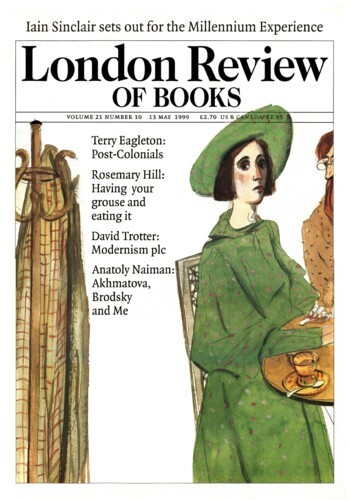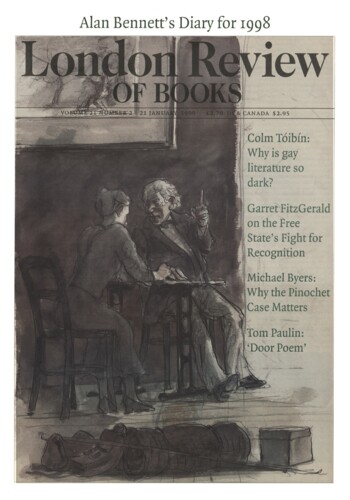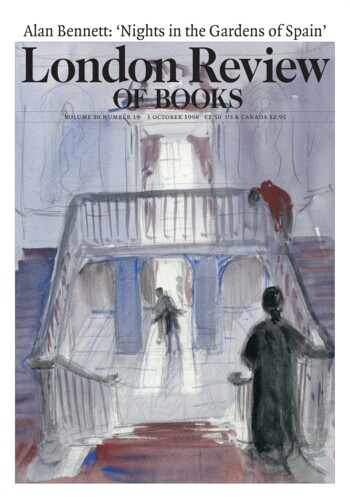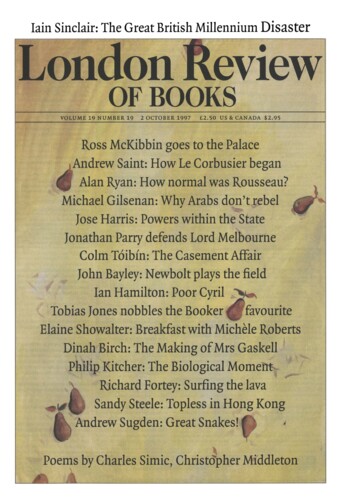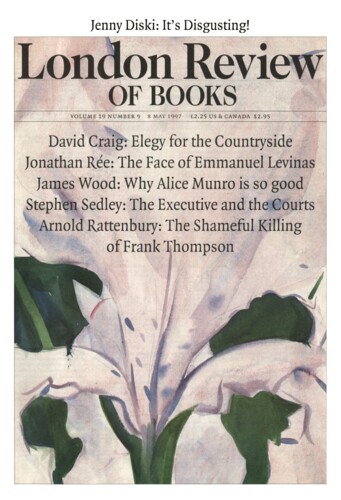No wonder it ached: George Eliot
Dinah Birch, 13 May 1999
It is odd that the pseudonym ‘George Eliot’ has proved so durable. It persisted long after the identity of Adam Bede’s author had become public knowledge, and there has been no serious attempt to dislodge it since. Why has George Eliot never been known by her own name? One reason is that it has never been quite clear what it was. She began life as Mary Anne Evans, daughter of Robert Evans, a sturdy and prosperous land agent in Warwickshire. But Mary Anne sounds rather like a servant’s name (the White Rabbit’s housemaid is called Mary Ann). As the rising fortunes of the family gave her a lady’s education, she began to experiment and adapt – trying out Marianne, losing the final ‘e’, and later settling on Marian. Throughout her life, she accumulated nicknames: Minie, Polly, Pollian, together with more dignified and maternal tags in middle age – Madre, Mutter or Madonna.’‘
